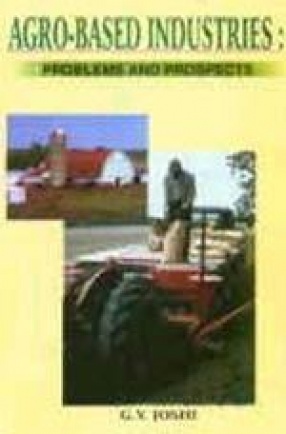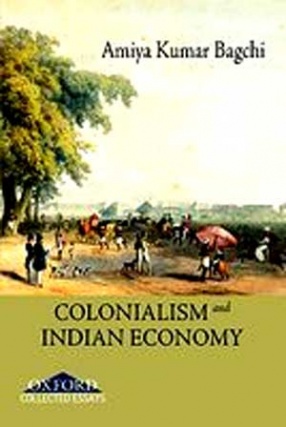History is replete with examples to prove that an organised, bold and assertive tenantry is a prerequisite for the successful implementation of tenancy reforms. Protracted tenancy movements can be instrumental in making the tenants, who are generally poor peasants, increasingly conscious of their rights. The class composition of tenancy movements would decide whether the benefits of tenancy reforms reach the weaker sections of the rural society. As the present study shows, the poor peasants, when guided by able and inspiring leaders, can pursue a rebellious course and appropriate the benefits of tenancy reforms. This interesting micro-level study disproves some of the premises held by the scholars who are generally known as the proponents of the neo-classical theory. It further brings out the fact that to comprehend all economic, social and historical factors that shape the dynamics of agrarian structure and also to see as to what extent the goal of equity is accomplished through tenancy movements and reforms, the study relies mainly on the political economy approach. The causes for the origin and growth of agricultural tenancy, the forms and terms of tenancy and the regional variations in the extent of tenancy are analysed within a theoretical framework supported by illuminating empirical evidences. The book will be of great help to policy-makers, programme-implementors and researchers.
Agrarian Structure and Tenancy Movements
In stock
Free & Quick Delivery Worldwide
reviews
Bibliographic information
Title
Agrarian Structure and Tenancy Movements
Author
Edition
1st ed.
Publisher
ISBN
8170335809
Length
188p., Tables; 23cm.
Subjects








There are no reviews yet.